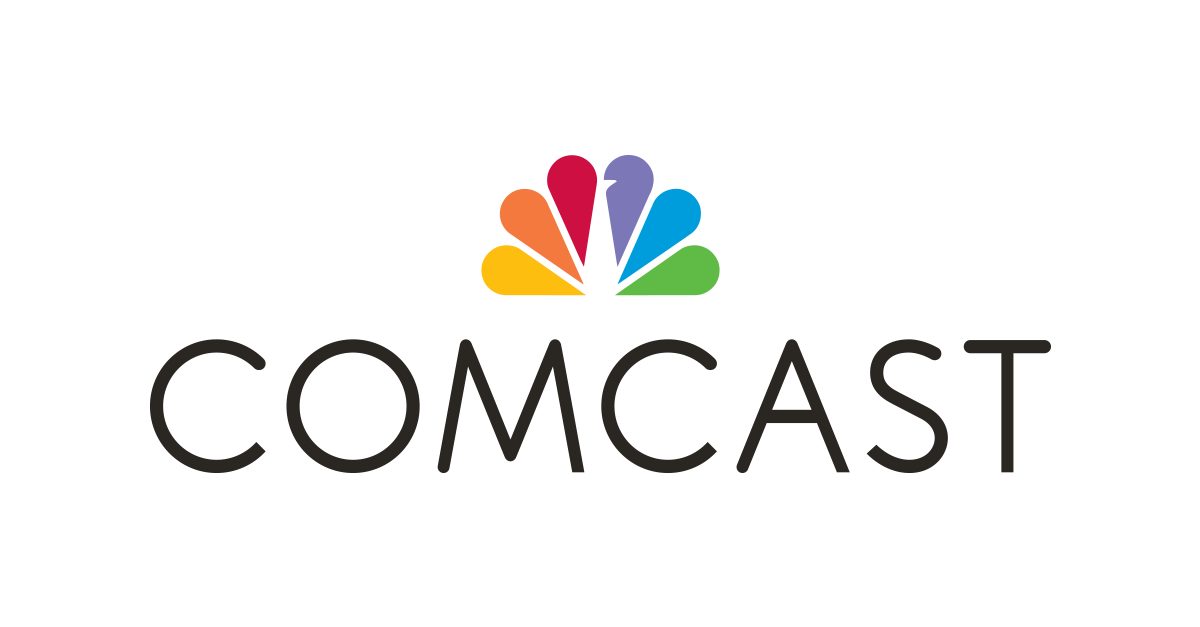UPDATE Comcast and other ISPs told the FCC it’s too hard to comply with the agency’s order for them to reveal all their pricing in an easy-to-understand way for consumers. The Commission voted to turn what had been voluntary rules into mandatory ones last November, Inside Towers reported.
The so-called broadband “nutrition” labels must include information on pricing, speed, fees, data allowances and other critical information. The point is to make it easy for consumers to comparison shop. The bipartisan Infrastructure Act required the FCC to adopt regulations within a year of the measure’s passage.
Major cable and telecom trade groups petitioned the FCC in January to change the rules. Comcast urged the Commission to grant the petition as soon as possible “before the rules become effective to help providers streamline and simplify their labeling processes,” reported Ars Technica. It’s still not clear when the rules are to become effective. They’re subject to review by the Office of Management and Budget. Medium and large ISPs would be required to comply six months after OMB review. ISPs with 100,000 or fewer subscribers would have one year to comply.
Comcast and petitioners Verizon, AT&T, Lumen (dba CenturyLink) and trade groups representing rural broadband providers said the new rules are burdensome and the FCC underestimated the work needed to implement them, according to Ars Technica. The trade groups are: ACA Connects–America’s Communications Association, CTIA, NCTA–The Internet & Television Association, NTCA–The Rural Broadband Association, and USTelecom–The Broadband Association.
Comcast said it doesn’t want to break out all of its fees. Even if that changed, the cableco said it would still need to create “251 separate broadband consumer labels to comply with the rules.” AT&T estimated it would need to produce 570 labels while Verizon claimed it would need to do “well over 500″ for its offerings, noted Gizmodo.
Gizmodo characterizes Comcast as “the largest ISP in the U.S. and the second largest broadcasting and cable TV” company, though it appears as Xfinity on most customer’s bills. A Consumer Reports study from last year found that of the 500 ISPs from all over the U.S. and its territories, all contained arbitrary price differences and hidden fees, according to Gizmodo.
When the Commission passed the changes, FCC Chairwoman Jessica Rosenworcel said: “Consumers need to know what they are paying for, and how it compares with other service offerings. For over 25 years, consumers have enjoyed the convenience of nutrition labels on food products. We’re now requiring internet service providers to display broadband labels for both wireless and wired services,” Inside Towers reported.
Advocacy group Public Knowledge told Ars Technica the rules should remain as is. “The FCC should reject the request to create loopholes which would obscure what fees providers decide to pass on versus those that are mandated by state law. It is an effort to pass blame to the state which properly belongs to the ISP.”
By Leslie Stimson, Inside Towers Washington Bureau Chief





Reader Interactions